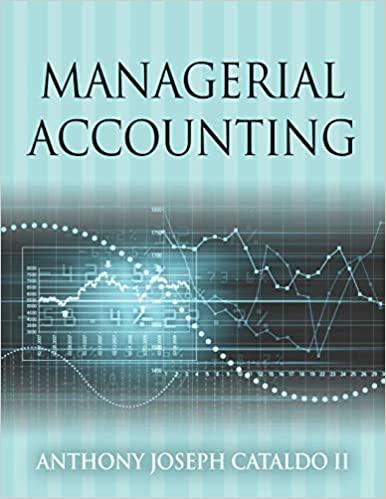 The company is Telstra, Cost of Sales = $9,137
The company is Telstra, Cost of Sales = $9,137



Cost of Sales = $9,137 Change 30 June 2019 $m % (10.5) 7.3 4.3 30 June 2020 Summary statement of finaancial $m position Current assets 6,534 Non-current assets 37,869 Total assets 44,403 Current liabilities 10,094 Non-current liabilities 19,162 Total liabilities 29,256 Net assets 15,147 Total equity 15,147 Return on average assets (%) 8.0 Return on average equity (%) 12.5 5.7 7,303 35,286 42,589 9,553 18,506 28,059 14,530 14,530 3.5 4.3 4.2 4.2 8.8 (0.8)pp (2.3)pp 14.8 Questions Case 1: Using the annual report allocated to you, answer the following questions: 1. For the financial year 2020: a. What was the total assets and liabilities of the company you are analysing? b. What was the total equity? c. What was the total comprehensive profit? If the company has subsidiaries, please give the consolidated figures. 2. Prepare a horizontal analysis of the company's balance sheet you are analysing making 2019 as the base year with regards to: a. Current Assets. b. Non-Current Assets. c. Current Liabilities. d. Non-Current Liabilities. 3. Comment on the trend of those ratios above and interpret the movement. 4. Prepare a vertical analysis of the company's consolidated income statements for the years 2019 and 2020 using the data from consolidated income statement and limit it to the line of Profit before taxation. Comment on the result. 5. Analyse and comment on the company's level of liquidity for 2020 which is measured by the following ratios: a. Current ratio b. Acid-Test ratio C. Accounts Receivable turnover d. Accounts Receivable collection period e. Inventory turnover f. Days of Inventory 16. Comment on the liquidity of the company in 2020. Use the finding of the above ratios compare it to benchmarking available in the internet as much as you can to comment on the performance of each ratio and the liquidity. - Net Income / Net Sales * 100 Asset Turnover Net Sales / Average Total Assets Return on Assets ROA Net Income / Average Total Assets Days Sales of Inventory (DSI) (Average Inventory Cost of Goods Sold) x 365 - Return on Common Stockholder's Equity. t Income - Preferred Stock / Average Stockholder's Equity Debt to Assets Ratio Short-Term Debts + Long-Term Debts / Total Assets Times Interest Earned Income before Tax / Interest Expense . A genuin effort has been employed to put these formula together, but please check in your textbook to ensure
 The company is Telstra, Cost of Sales = $9,137
The company is Telstra, Cost of Sales = $9,137








